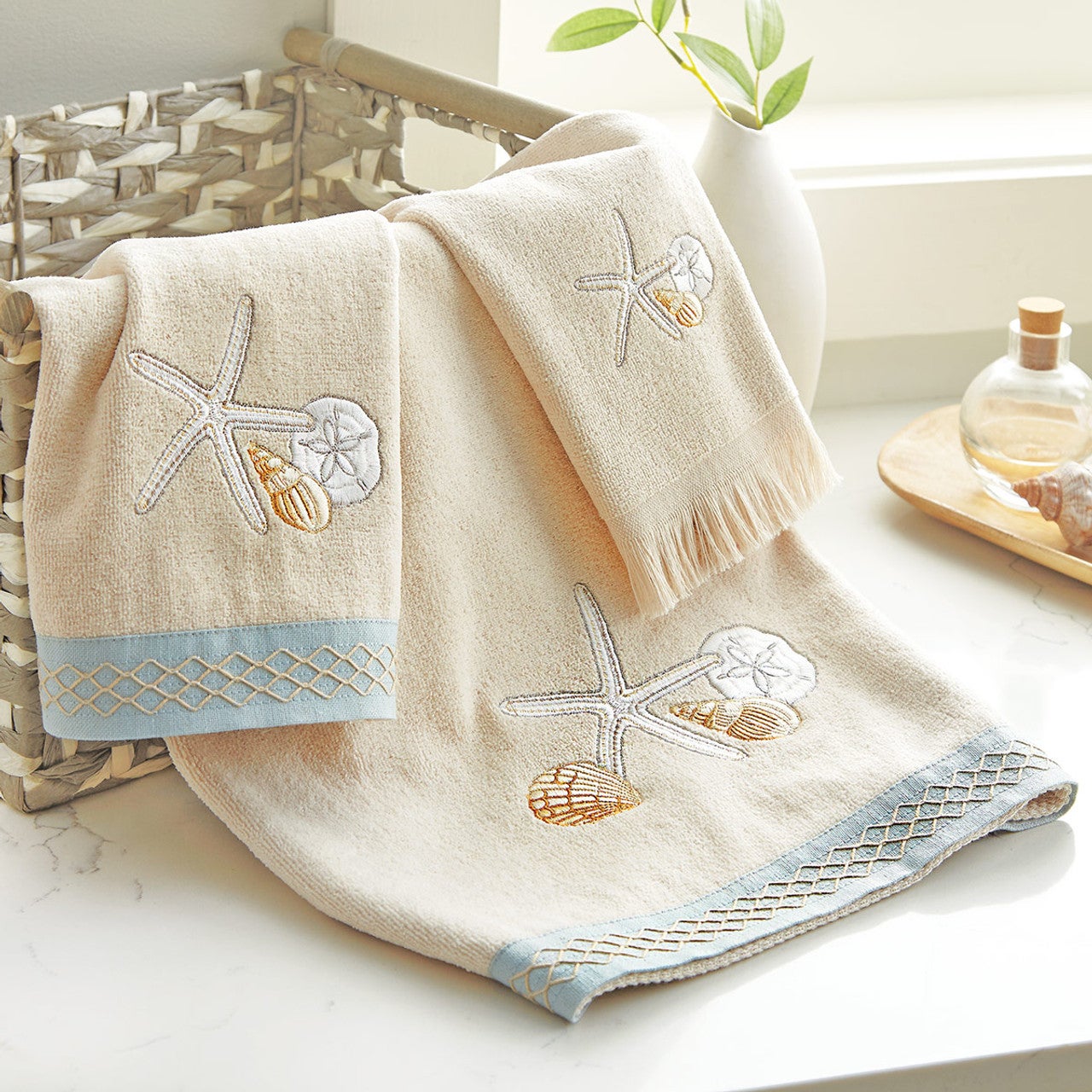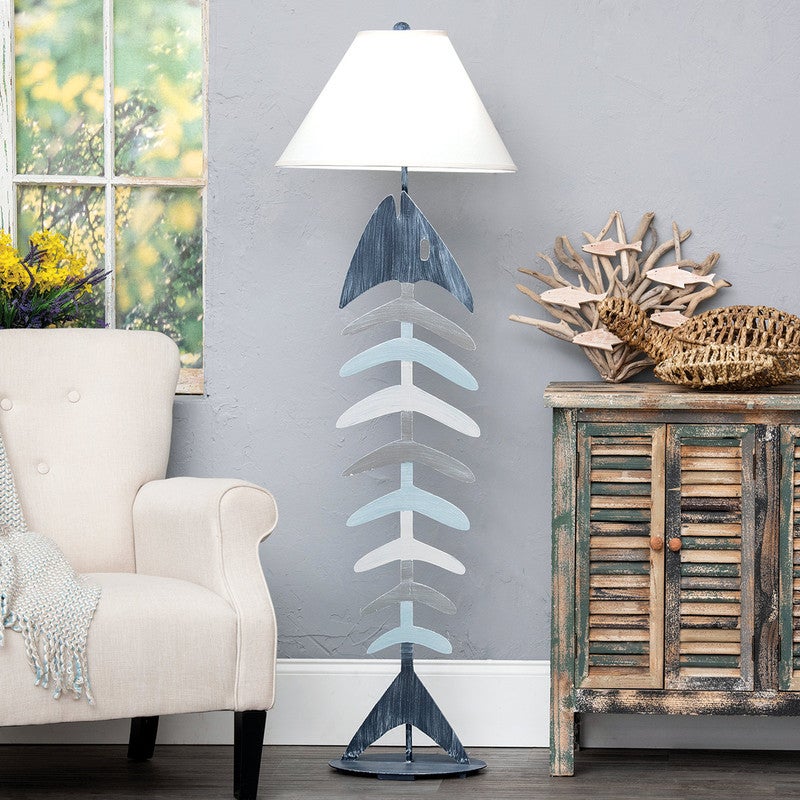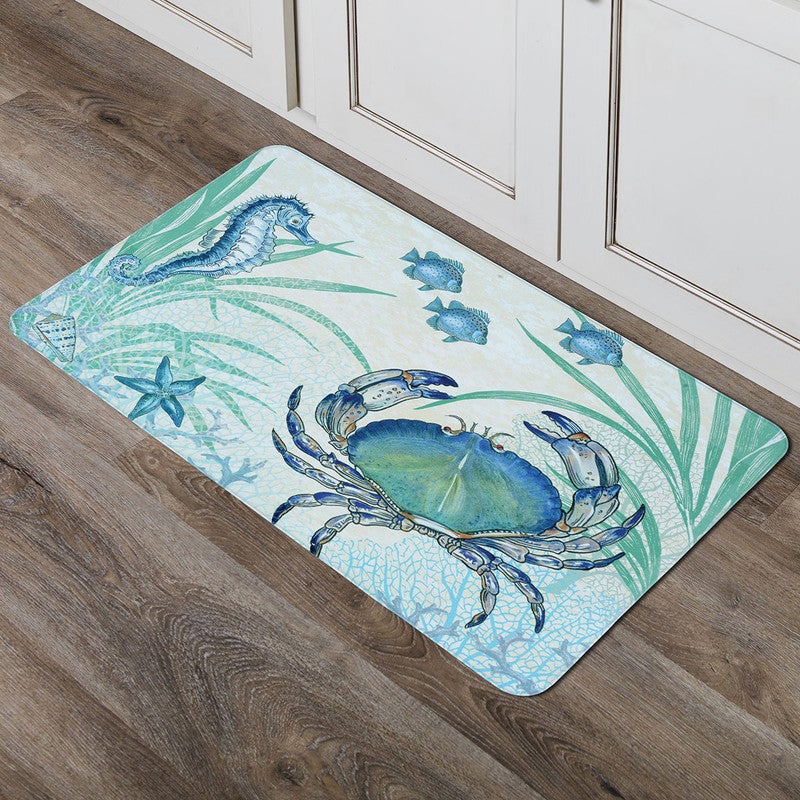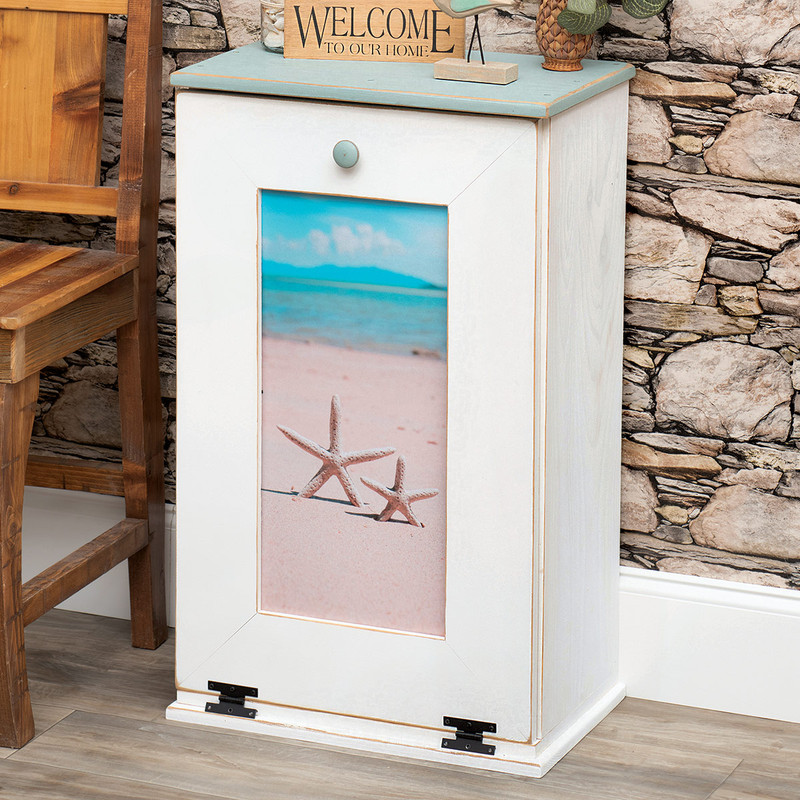Five Knots to Know
Jan 1st 2019
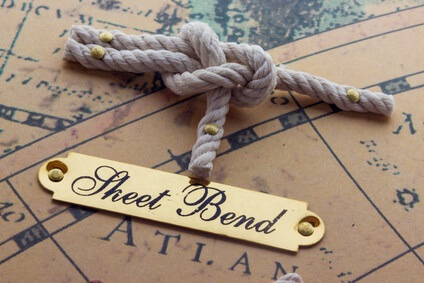 The art of knot-tying is an ancient art that, because of its real-world application, many should know, but so few take the time to learn.
The art of knot-tying is an ancient art that, because of its real-world application, many should know, but so few take the time to learn.
In prehistoric times, our ancestors looped strands of vines to secure and drag dinner back to the tribe. Through (sometimes painful) trial and error, it was discovered that knots could help us safely climb up or down deathly cliffs. Knots have helped facilitate construction of the world's most beautiful structures and have helped explorers discover new lands.
In short, knots are pretty handy.
Knot-tying, however, goes beyond random loops and twists and "bunny ears." While not everyone is climbing mountains or hunting wild boar, knowing some basic fastenings could save you some stress in hairy situations. Here are five common knots everyone should know. If not for necessity, you can, at least, impress some friends with your knowledge.
1. The Bowline Knot
Simple yet strong, the bowline knot is often referred to as the "King of Knots" as it is reliable in almost any situation. It's a simple loop knot made at the end of a rope and can be used to pull heavy objects, lead livestock, hoist sails and even rescue fallen individuals.
The bowline is noted for being easy to tie or untie, even with only one hand. Despite that, it will hold under tension as long as it's tied correctly.
To tie a bowline, bring one end of your rope over the other to make a "Q" shape. Take the end of the rope and loosely bring it up through the loop and behind the standing line (the rest of the rope). Then bring the end of the rope through the front of your initial loop (the "Q"), pull the knot closed and there you have your bowline.
2. The Figure 8 Loop
Need security? Loop a Figure 8 in your line. Categorized as a "stopper knot," the Figure 8 is a quick and reliable way to keep a line from slipping out of things, or to keep things from slipping off of a line. Variations of the Figure 8 are typically used in climbing and sailing, but the knot is also used as a general purpose stopper.
The Figure 8 is a very simple knot at the end of a rope and is easily recognized by its shape. Even though the knot can get jammed when strained, it's easy to undo and retie as needed.
To tie a Figure 8, take one end of your rope and bring it over and under the standing strand to create a loop. Take the end again and pass it over and through the loop. It's just that simple.
3. The Taut-line Hitch Knot
If you're looking for a versatile knot, the taut-line hitch is a solid choice. This loop knot is adjustable when needed and secure when under tension. Typically, the taut-line is used for securing tent lines or tarps when camping, but the knot is also a good option when you need to fasten loads to your car.
Tying a taut line takes a little more practice that other popular knots, but once you have it mastered, it's a reliable skill.
To tie a taut line hitch, wrap one end of the rope of the object you want to fasten. Bring the end over the standing line and up through the loop and repeat that step one more time. The next step is to bring the rope end over the opposite side of the loop and back under the standing line, creating a new, smaller loop. Pass the end through the new loop and tighten. You'll notice the knot moves easily up and down the rope, but when pulling the standing line is secured to your object.
4. The Sheet Bend Knot
In times when you need to tie two ropes together, the sheet bend is your friend. Not all ropes are made equal, which makes this knot perfect for tying lines of different lengths and widths. In addition to connecting lines, and extending rope lengths, the sheet bend is the same technique used by weavers, giving this tie the alternative name "weaver's knot."
To tie a sheet bend, make a loop at one end of one rope. Take one end of the other rope and bring it up through the loop. Pass it underneath the first loop and pull it through the second loop. Tighten the knot by pulling the standing lines away from each other.
5. The Square Knot
It may seem almost too Boy Scout-ish to point out this one, but the square knot - also known as a reef knot - is a quick and easy knot to pull. A binding knot, the square knot serves a variety of everyday purposes, whether keeping things in place, decorating gifts or tying your shoes.
The square knot is one we all learn at some point in time. You've probably heard the rhyme "right over left, left over right, makes a knot both tidy and tight."
Even though the knot is neat and familiar, the square knot isn't exactly reliable. It can easily come undone, and because of this, knot-tying experts warn against using the square knot to connect two ropes; especially in situations where safety is an important feature.
To tie a square knot, take both ends of your rope and bring the right end over and under the left, then take your new left end and bring it over and under the right.
There are hundreds of knots to tie, but these are some of the more recognized and used variations. Whether tasked with survival or making things pretty, you'll be glad you took the time to memorize these.




